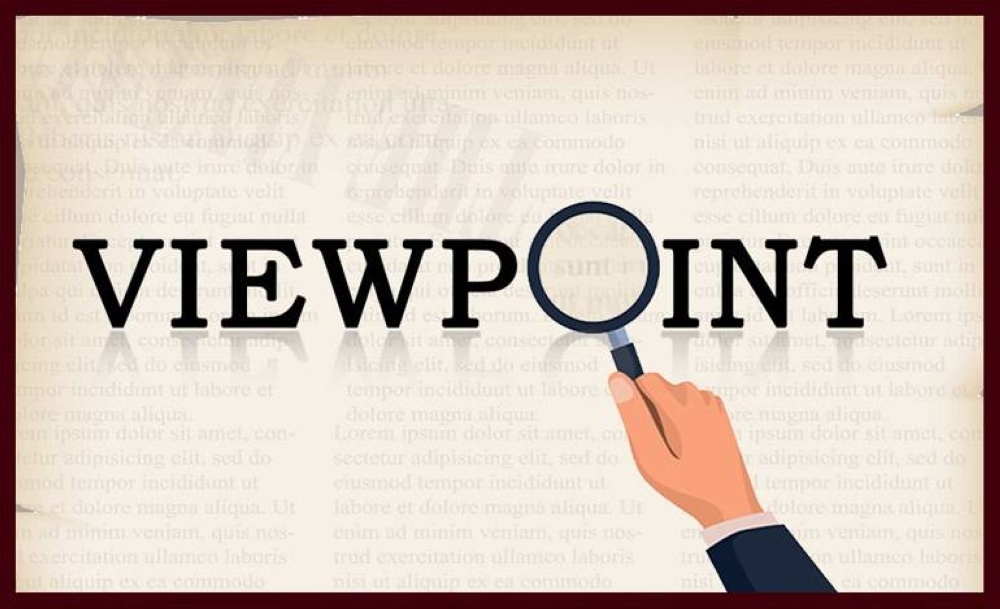A string of emerging economies are in default, or teetering on the edge, and need to strike deals with creditors or refinance their debt.
Egypt, North Africa’s largest economy, needs to repay some $100bn of hard-currency debt over the next five years, and Cairo spent 45% of revenues on interest payments in the year to June. Ethiopia, East Africa’s most populous nation, took a dual hit from Covid-19 and a two-year civil war wreaking havoc on its economy and knocking its nascent textiles industry.
Ghana defaulted on most external debt in late 2022 amidst its worst economic crisis in a generation, becoming the fourth country to seek a Common Framework debt rework; and Kenya’s high public debt and lack of access to bond markets concerns creditors.
Pakistan needs upwards of $22bn to service external debt and pay bills in fiscal 2024, while Sri Lanka defaulted on international debt in May 2022 after Covid-19 drained its tourism-dependent economy of cash for imported food, fuel and medicine.
Principle payments of emerging markets’ sovereign Eurobonds will spike to $78.4bn in 2024, from $43.6bn last year, according to JPMorgan.
The bill due for lower-rated emerging sovereigns will surge to over $65bn in total for 2024 and 2025 combined, up from just over $8bn this year.
Countries will need to either find the cash to pay, or a new lending source to refinance.
Investors, however, say the US Federal Reserve’s recent pivot away from monetary tightening is likely to unleash more cash for riskier assets, including emerging market debt.
The Covid-19 pandemic exacerbated the debt problem that was already weighing down the world’s poorer countries. In response, richer countries, meeting in the Group of 20 forum in 2020, created a coordinated plan for debt relief called the Common Framework.
It was designed to reflect a new reality: China now lends far more to developing countries than the mostly Western nations of the Paris Club, the body that had overseen international debt negotiations for decades.
As 2023 ended, the Common Framework had yet to produce any meaningful relief. Economists worry that a failure to resolve the stalemate could lead to or deepen economic stagnation for large swaths of the globe.
In 2022, developing countries faced a collective debt stock of about $9tn, with annual service payments hitting a record $443bn, according to the World Bank, which estimates that the service burden will continue to grow.
The situation has left roughly 60% of the world’s 75 poorest countries in or near debt distress.
The Common Framework was designed to co-ordinate debt relief offered by public and private lenders and set debt treatment standards across both traditional Western lenders and major new creditors like China, India and Saudi Arabia.
The plan was for the International Monetary Fund and World Bank to analyse the needs of any country that sought assistance, which would pave the way for debt deals from governmental or government-backed lenders. The hope was that private lenders like banks would sign on using similar terms.
But as of December, no country had received substantive relief through the Common Framework.
Despite its rising economic clout, China still has a limited role in the IMF and the World Bank, long dominated by Europe and the US.
The deeper problems in the emerging economies stem from the excessive financialisation of the global economy that has occurred since the 1990s.
The resultant policy dilemmas – rising inequality, greater volatility, reduced room to manage the real economy – are seen continuing to preoccupy policymakers in the decades ahead.
The World Bank and others have warned about a “lost decade” for poorer countries, as debt payments and lack of access to capital diminish resources that could otherwise be used for education, health and the environment.
Opinion
Emerging economies brace for more pain as default risks mount
As of December 2023, no country had received substantive debt relief through the Common Framework

